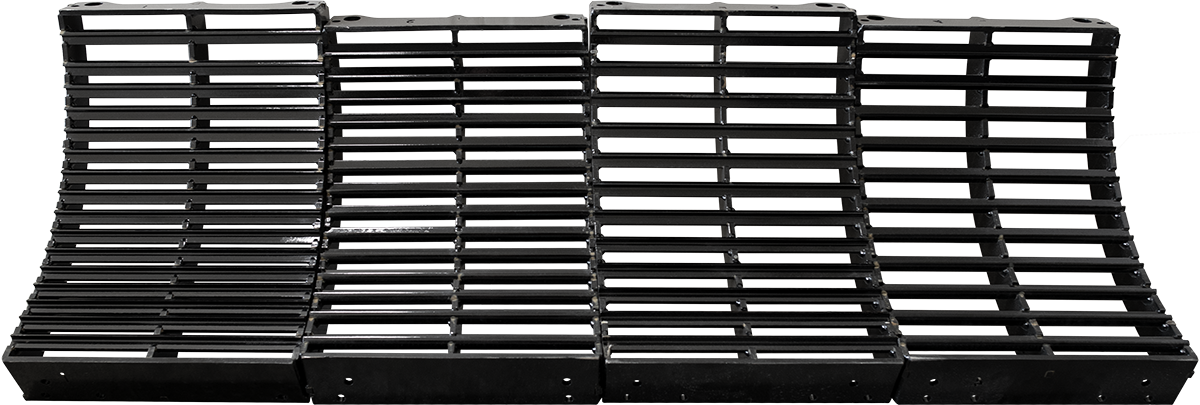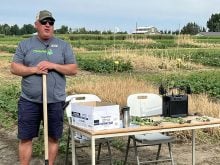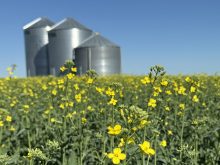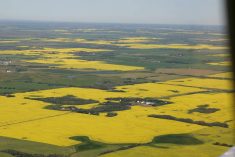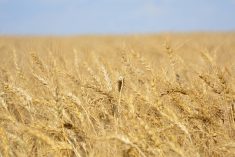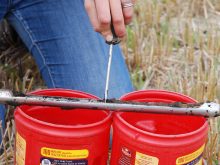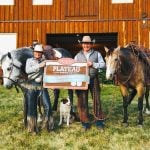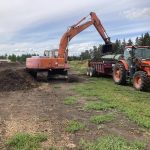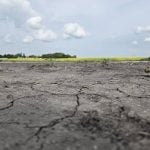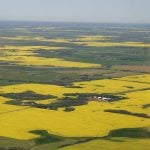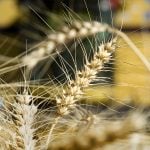The last two decades haven’t been kind to buckwheat.
In Manitoba, which grows most of the buckwheat on the Prairies, acreage has gone from 60,000 in the early 1990s to less than 10,000 acres in 2007.
However, future decades may be friendlier for the white flowered crop if Dr. Carla Taylor can prove that buckwheat reduces blood glucose levels in humans.
Taylor, a professor of human nutritional sciences at the University of Manitoba, will soon begin clinical trials to determine if buckwheat simulates the effects of insulin.
Read Also

AI expected to make itself felt in food systems
Artificial intelligence is already transforming the food we eat, how farmers produce it and how it reaches the consumer, experts say
Starting this summer, Taylor and U of M medical researcher Peter Zahradka will feed buckwheat crackers to people with Type 2 diabetes.
“In June we’ll start recruiting people into the study,” said Taylor, who presented an update on her research May 26 at the Richardson Centre for Functional Foods and Nutraceuticals in Winnipeg.
“We’re hoping to recruit about 10 to 12 healthy people (control group) and another 10 to 12 people with Type 2 diabetes.”
The Agri-Food Research and Development Initiative funds part of Taylor’s research, and her presentation was part of an event celebrating the Manitoba and federal government project’s10 year anniversary.
The trials on humans follow a study by Taylor in 2003 in which she fed buckwheat extract to rats. Her results, reported on CNN’s website, the BBC and hundreds of media outlets, found buckwheat lowered the rats’ glucose level by 20 percent only 60 to 90 minutes after consumption.
“With diabetes on the rise, incorporation of buckwheat into the diet could help provide a safe, easy and inexpensive way to lower glucose levels and reduce the risk of complications associated with the disease,” Taylor told the BBC in 2003.
While the potential of that finding was a coup for Taylor and her team, what happened next was unexpected.
The scientists initially believed a substance in buckwheat called D-Chiro-Inositol was lowering the rats’ blood sugar levels, but further tests disproved that theory. A novel compound, perhaps unique to buckwheat, was causing the change.
“As a researcher you’re always looking for novel things … so when you do, there’s a certain amount of satisfaction from that,” Taylor said in an interview.
She said she will not be satisfied to just prove that buckwheat lowers blood sugar. She wants to identify the mystery compound that simulates the effects of insulin.
She anticipates that the search will be a “tedious process” of elimination.
“It’s probably still going to be another six months to a year before we have a better idea of what the compound, or compounds, might be.”
It would be welcome news for the crop if Taylor’s research proves that buckwheat is a valuable nutraceutical.
Buckwheat may drop to 5,000 acres in Manitoba this year, said Rejean Picard, a farm production adviser and buckwheat specialist with Manitoba Agriculture.
One of the reasons for the decline, Picard said, is that Viterra decided not to handle and ship it this year.
Agricore United, which is now part of Viterra, had previously signed farmers to produce the crop.
That leaves only three buckwheat buyers in Manitoba: Keystone Grain of Winkler, Springfield Mills and WestCanAgra of Plum Coulee.

